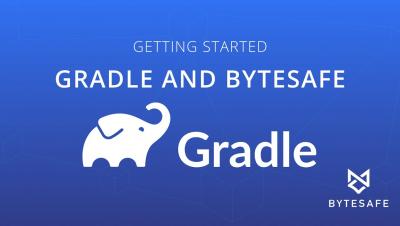Security | Threat Detection | Cyberattacks | DevSecOps | Compliance
DevOps
Network security: LAN Manager authentication level
Audit Policy: Object Access: Certification Services
Audit Policy: Object Access: File System
GitGuardian Public Monitoring demo - protect your attack surface on GitHub
[Webinar] Exposing Leaked Secrets Inside Android Apps! Cybernews & GitGuardian
SFTP: a More Secure Successor to SCP
Copying files between computers is a common task, and there are a lot of protocols designed to do just that. But not all protocols are created equally. Many people use the popular OpenSSH scp command to transfer files, but few understand the risks surrounding it. This blog post will attempt to explain what the SCP and SFTP protocols are, how they work, and why SFTP should be used wherever possible.
Application Security - The Complete Guide
Application security is an essential part of the software development lifecycle, and getting it right should be a top priority in today’s ever-evolving and expanding digital ecosystem. Application security is the practice of protecting your applications from malicious attacks by detecting and fixing security weaknesses in your applications’ code.
Securing your Jenkins CI/CD Container Pipeline with CrowdStrike
Amazon EFS Backup and Restore for Amazon EKS
Amazon Elastic File System (EFS) is a simple, scalable and fully managed file storage service to support the storage and throughput needs of your Kubernetes applications. Amazon EFS is designed to be highly available and durable, however your EFS data can still be prone to data loss, data corruption, and have compliance issues. Amazon EFS Backup and Restore of data helps protect against data loss due to hardware failures, accidental deletion, ransomware attacks, or other types of disasters.











